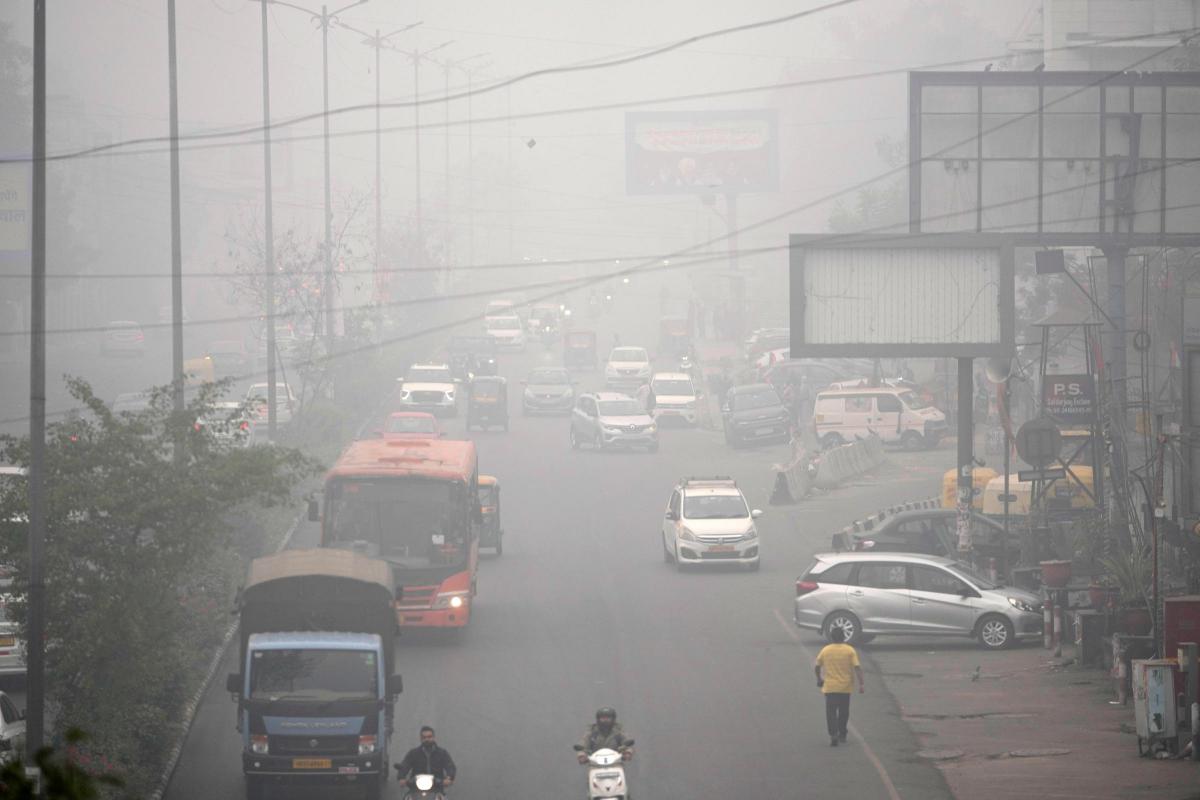Toxic Air in Delhi Sparks Public Health Emergency Warnings
Delhi is once again grappling with alarmingly high air
pollution, raising serious concerns about public health. Experts warn that the
toxic air could pose a greater long-term threat than the COVID-19 pandemic.
On Wednesday, the city's air quality soared to levels 35
times higher than the World Health Organization’s (WHO) recommended safe limit.
Residents reported breathing difficulties, throat irritation, and eye
discomfort. Authorities have urged vulnerable groups, including children and
the elderly, to stay indoors, and doctors recommend the use of masks as a
temporary safeguard.
Frank Hammes, CEO of the air quality technology firm IQAir,
cautioned that these measures are insufficient to address the broader crisis.
He described the situation as a “public health pandemic,” emphasizing how poor
air quality adversely affects mortality rates, cognitive function, and overall
health. “This is going to have a much bigger impact on public health than
COVID-19,” Hammes stated.
Delhi’s pollution crisis intensifies every winter, driven by
a combination of low wind speeds, vehicle emissions, and the seasonal burning
of crop residues and firewood in nearby states. On Wednesday morning, IQAir
recorded air quality levels exceeding 550 in parts of the city—far above the
“hazardous” threshold of 300. For comparison, London’s AQI stood at 26 during
the same period.
The Air Quality Index (AQI) focuses on particulate matter
known as PM2.5, described by Hammes as “the most dangerous pollutant.” These
microscopic particles can penetrate deep into the lungs and bloodstream,
leading to respiratory issues, asthma, and cardiovascular problems.
In response, the Delhi government has reintroduced strict
pollution control measures under stage four of the Graded Response Action Plan
(GRAP). These include a ban on construction and demolition activities,
restrictions on the entry of heavy vehicles except those carrying essential
goods, and a shift to hybrid learning for many schools.
Residents, however, remain deeply frustrated. Manish
Adhikari, a local, remarked that enduring winters in Delhi has become
increasingly challenging due to the persistent smog. Another resident, Bhagat
Singh, lamented that “pollution has become an incurable disease” for the city.
As the crisis escalates, experts and citizens alike stress
the urgent need for long-term solutions to mitigate the public health risks
posed by Delhi’s toxic air.










.jpg)